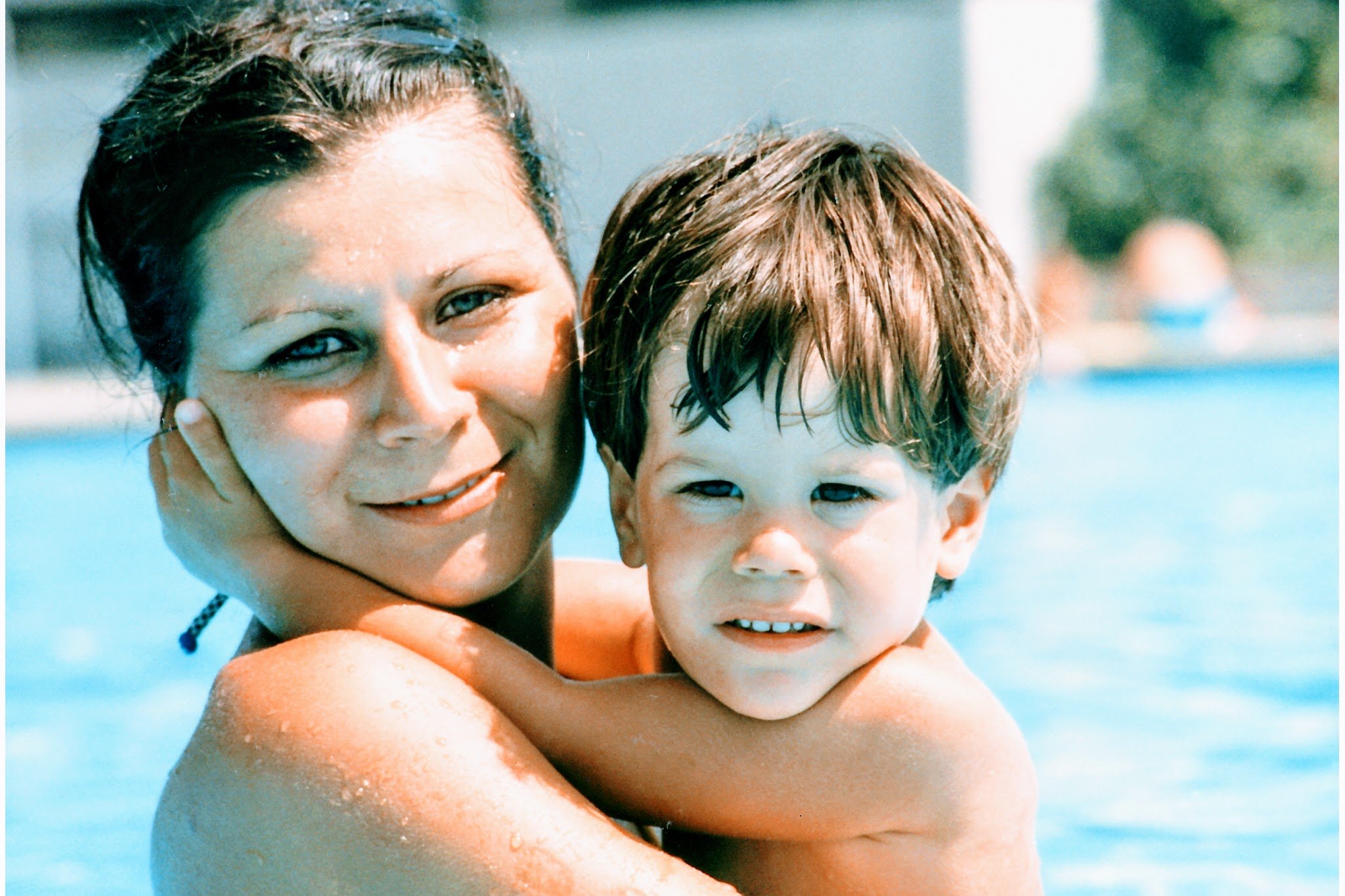Recent research in neuroscience tells us a lot about early childhood development, in particular about the huge effect of language and interaction in a child's earliest years. The "word gap" concept came from a study conducted at the end of the last century by child psychologists Betty Hart and Todd Risley. They found that kids in lower socio-economic households heard much less words than their peers in more advantaged families. The two researchers estimated the size of the word gap to be as many as 30 million words by age four.
Even if, in recent years, the merits of the Hart's and Risley's study have been called into question, the crucial importance of parents and environments in a child's development should not be underestimated. Cutting-edge work in neuroscience clearly demonstrates that early language is a big catalyst for a child's brain development. Just as babies need milk to grow physically, they need language to grow well socially and intellectually.
Neuroscience has progressed at high speed during the last decades. With the help of brain imaging and computational science, researchers are now able to better measure and understand the influence of parents and caregivers on a child's brain and skills building. There is great evidence that the relationship between infants and their caretakers is the main component to brain development; parent language in general - not just the words spoken - and the quality of parent-child interaction are determining in the relationship.
Parent language helps children to reach all their potential in many fundamental abilities, like their numeracy, literacy and spatial reasoning skills, their capacity to regulate their behavior and stress level, their perseverance, and much more. The first three years are especially critical to this process.
The human brain is largely unfinished at birth and its further development depends on two main elements: genetics (the blueprint), and environment and experience, as well as the lifelong effects of these factors on one another. Science shows that the revelation of their blueprint is intimately correlated to children's earliest language environment. So words, in the first years, are not only words; they are really the building blocks of a child's brain.

Picture: Alan & Mom (ChildUp.com)

